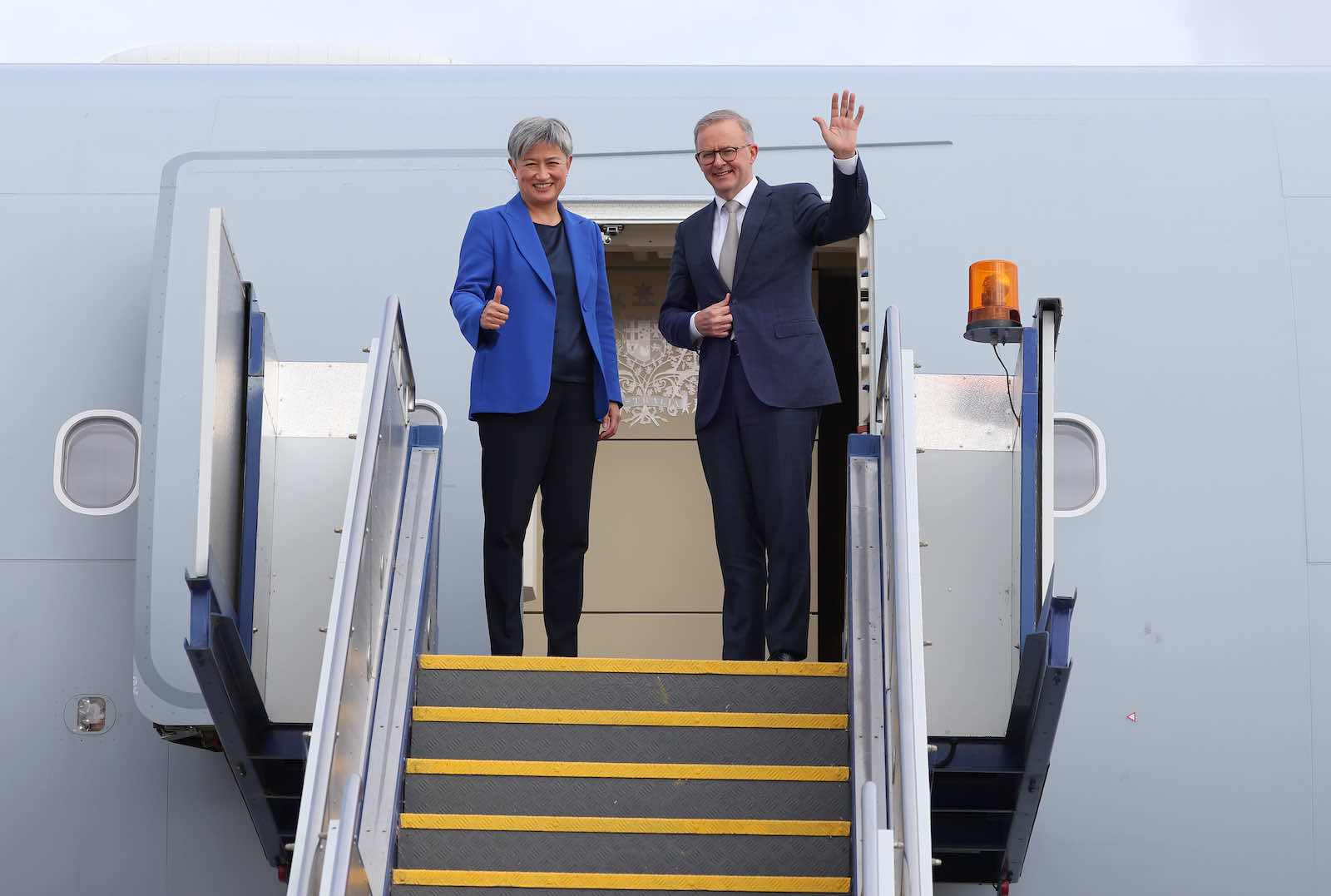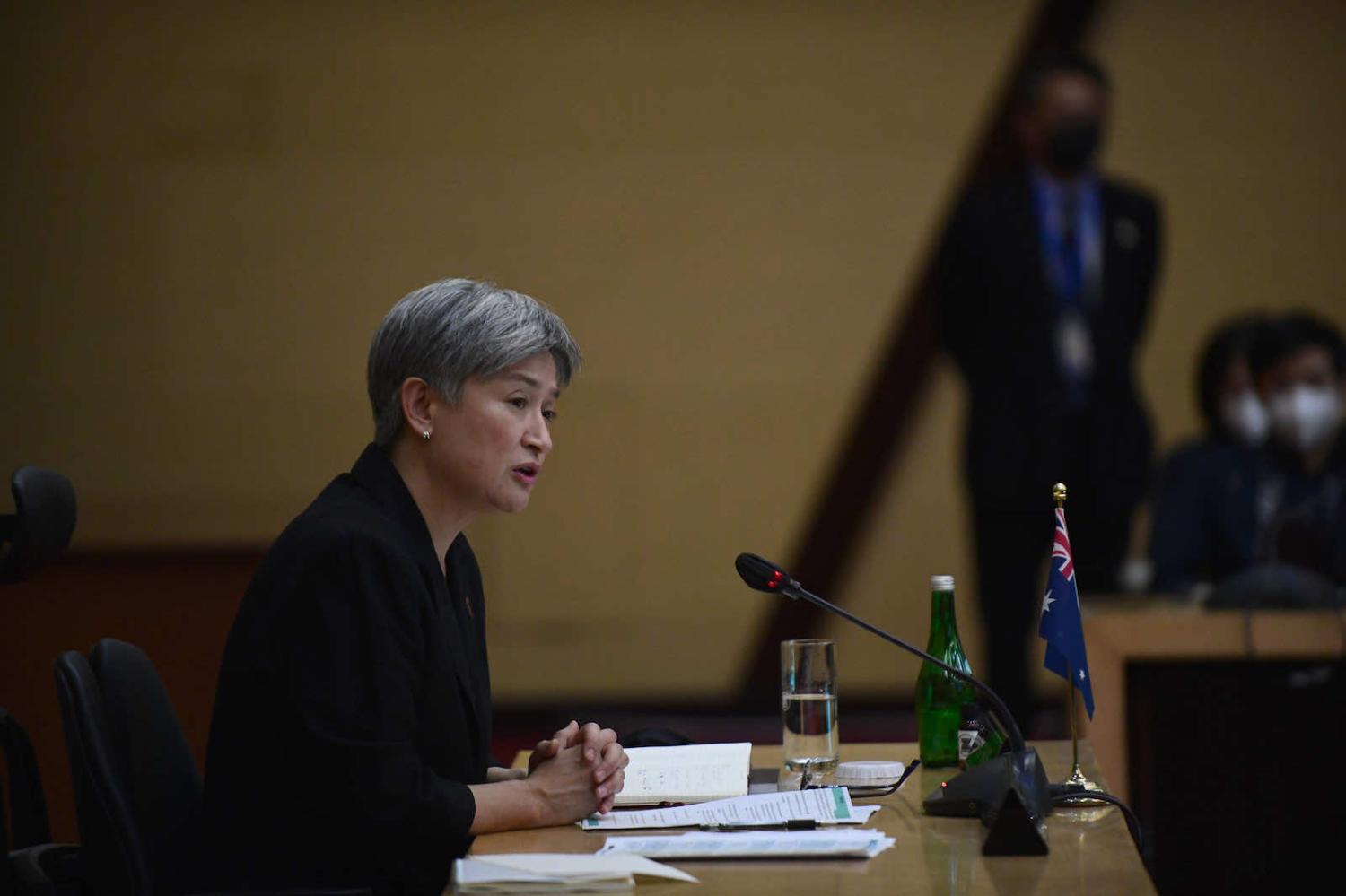Australia’s new Labor government has committed to refocusing attention on Southeast Asia, in response to what it argues was a record of neglect under the Coalition government. While the first weeks were dominated by the Pacific, China and the Quad, this week Foreign Minister Penny Wong travels to Vietnam and Malaysia.
In an earlier article for The Interpreter, I argued that Australia’s challenge in Southeast Asia was one of “strategic divergence”, of worldviews growing apart. This makes engagement – especially on sensitive political issues – more challenging. Shoring up Australia’s relations with this complex region will require short, medium and long-term action.
Short term: the next six months
Wong has indicated that Australia will listen to the region. This, combined with extensive ministerial face-to-face diplomacy, is the key building block to be put in place in 2022. Australia must make it clear that despite challenges from China in the Pacific, Southeast Asia will retain a central prominence in Australian foreign policy. Prime Minister Anthony Albanese’s commitment to attend Indonesia’s G20 summit was good news. Supporting Thailand and Cambodia in their respective chairing of APEC and ASEAN should also be priorities.
In this context, Australia will need to clarify the role of its yet-to-be-announced special envoy for Southeast Asia. Generally, Australia has appointed special envoys to muster support for a particular mission. For example, Kevin Rudd appointed former diplomat Richard Woolcott to engage regional countries on his ill-starred proposal for an Asia-Pacific community. Australia’s multilateral candidacies, such as to the UN Security Council, have also supported by special envoys, often to regions where Australian diplomatic presence is weak, like Francophone Africa.
Ideally, a special envoy to Southeast Asia would be a member of the current government, who would have the authority to convey messages from the region back to decision-makers in Canberra. Appointing a former politician or official could inadvertently suggest that Australian politicians want to delegate responsibility for this critical region.

Medium term: the next three years
Labor has promised $470 million of additional development assistance for Southeast Asia, with $200 million of this already committed to the climate infrastructure partnership with Indonesia. This is too little, relative both to the region’s development needs, and given the modest scale of many of Australia’s bilateral development assistance programs.
Yet development assistance is not the primary prism through which Australia engages Southeast Asia. The new government should look to consolidate on Australia’s existing strengths, including as a defence and security partner, and as a supporter of ASEAN institution building and the ASEAN-centred regional architecture. A strong mandate directing and resourcing relevant Australian agencies to prioritise Southeast Asia is an essential pre-condition if an Office of Southeast Asia within the Department of Foreign Affairs and Trade is to have teeth.
There is a risk that an ever-increasing focus on coordination among like-minded countries, including the Quad, South Korea, and European partners, may distract from the core business of partnering with Southeast Asian countries.
In considering new areas of cooperation, Australia should prioritise those where government actions could be catalytic. Australia’s “Partnerships for Infrastructure” program, for example, is focused on providing assistance to help Southeast Asian governments regulate, plan and procure infrastructure (a contrast to the infrastructure financing facility for the Pacific which funds project development).
From this perspective, energy should be a key area for new Australia-Southeast Asia cooperation, as it would help back in already growing Australian business interest in the energy sector in Southeast Asia. Bilateral policy dialogues focused on energy security, or a new ASEAN-Australia ministerial dialogue on green energy transition would likely be welcomed by Southeast Asian countries.
Long term: a generational approach
Many of the most lamented aspects of Australia’s relationships with Southeast Asia, such as declining Asian language literacy, and weak interest by Australian business in the region, have bedevilled successive Australian governments. During Albanese’s recent visit to Indonesia, commentary by Australian experts on these aspects of the bilateral relationship was characterised by a sense of fatigue. Decades of stop-start efforts have not yielded results.
The Albanese government appears to recognise that gaps in Australian knowledge and presence threaten the long-term vitality of Australia’s engagement with its near region, especially Indonesia. It has announced new funding for in-country study in Indonesia, and prioritised business engagement during Albanese’s recent trip to Jakarta. It’s not clear yet whether Albanese will be willing to put serious money on the table to improve Asian language learning (neither the Rudd government’s initiative on Asian language learning, which allocated $62 million over four years, nor Julia Gillard’s commitment that every Australian child would be given the chance to study an Asian language halted a decline in language learning, according to the Asia Education Foundation).
Supporting business engagement doesn’t necessarily require big-ticket spending, but would benefit from consistent focus and fresh-thinking, such as a bilateral start-up accelerator and venture capital fund, as Indonesia-Australia watcher Rob Law has proposed.
Guiding principles
Two principles should guide Australia’s approach to Southeast Asia. The first is that bilateral relationships with countries in Southeast Asia are the most important levers of influence to advance Australia’s interests. There is a risk that an ever-increasing focus on coordination among like-minded countries, including the Quad, South Korea, and European partners, may distract from the core business of partnering with Southeast Asian countries. Better coordination alone will not shift the regional balance but offering Southeast Asian countries real choices and deep partnership may.
The second principle is that Australia’s relationships with Southeast Asia will be affected by broader Indo-Pacific policies, and messaging must be managed accordingly. It is easy to point to failures in the way AUKUS was communicated, especially to Indonesia and Malaysia. However, AUKUS was not a one-off: Australia will continue to invest in its deterrent capabilities over the decades ahead. Dialogue with the region will need to become far more frank, substantive and continuous to help manage possible shocks and sensitivities to come.

